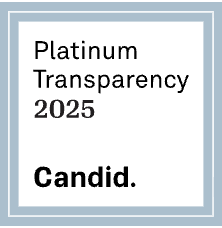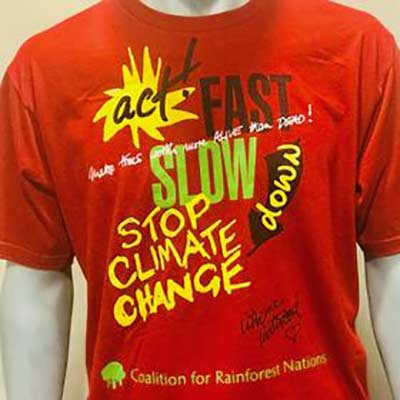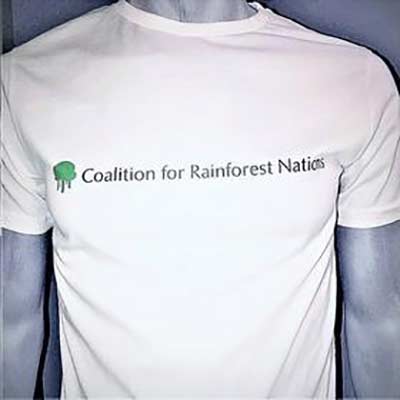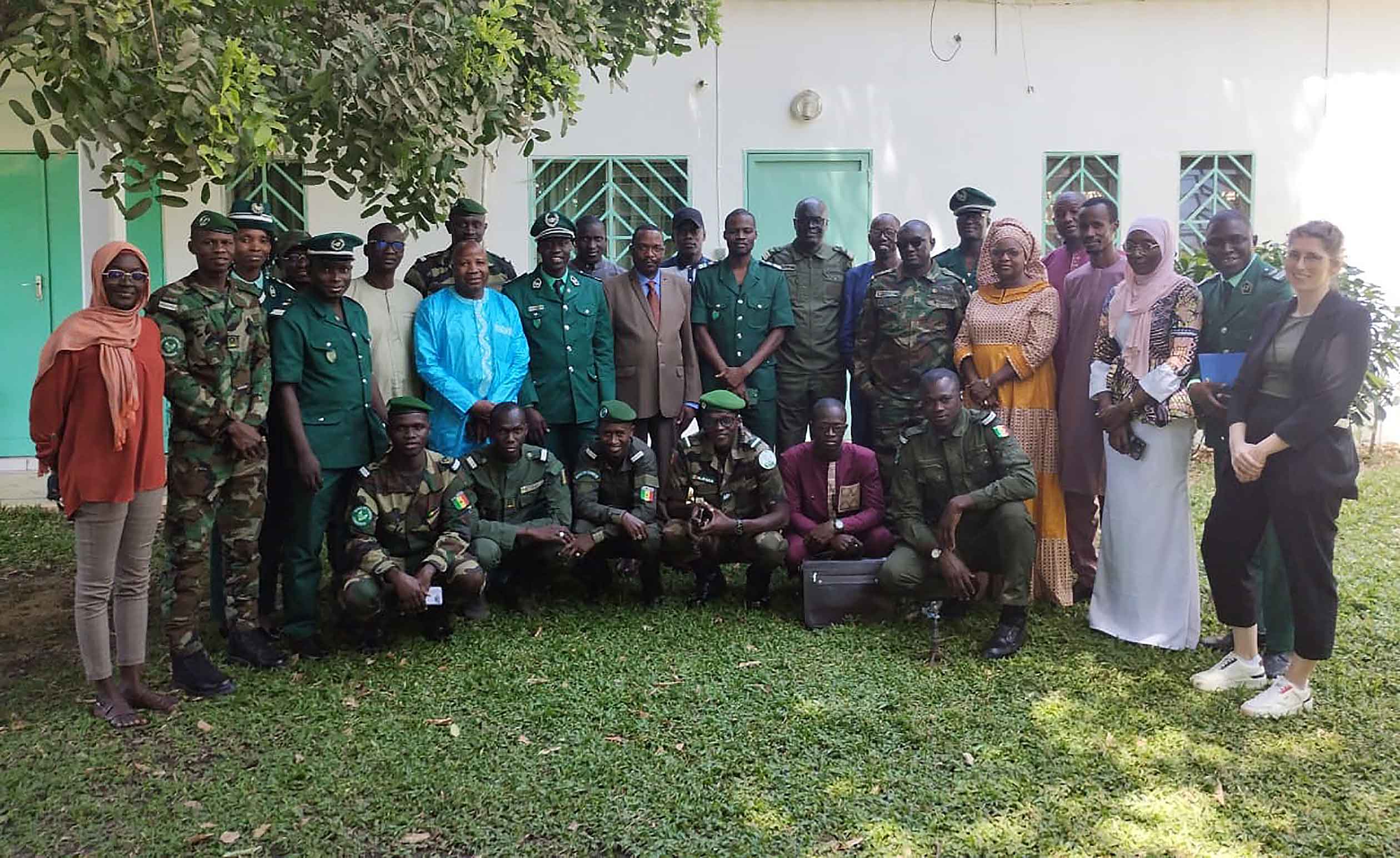
Senegal Kicks Off Forest Data Collection for UNFCCC REDD+
March 25, 2024, New York; With the help of CfRN, Senegal launched its data collection of land use and land-use changes as part of its engagement with the UNFCCC Reducing Emissions from Deforestation and Degradation (REDD+) framework this month.
The CfRN technical team led a five-day workshop from March 11 to 15, 2024 with 25 local experts during which 4,084 land use data plots out of 12,278 were collected. The national grid of plots will systematically measure the country’s land use and land use changes at a scale of 4 km by 4 km. The country will organize additional days to finalize the data collection.
Forests Loss & Biodiversity
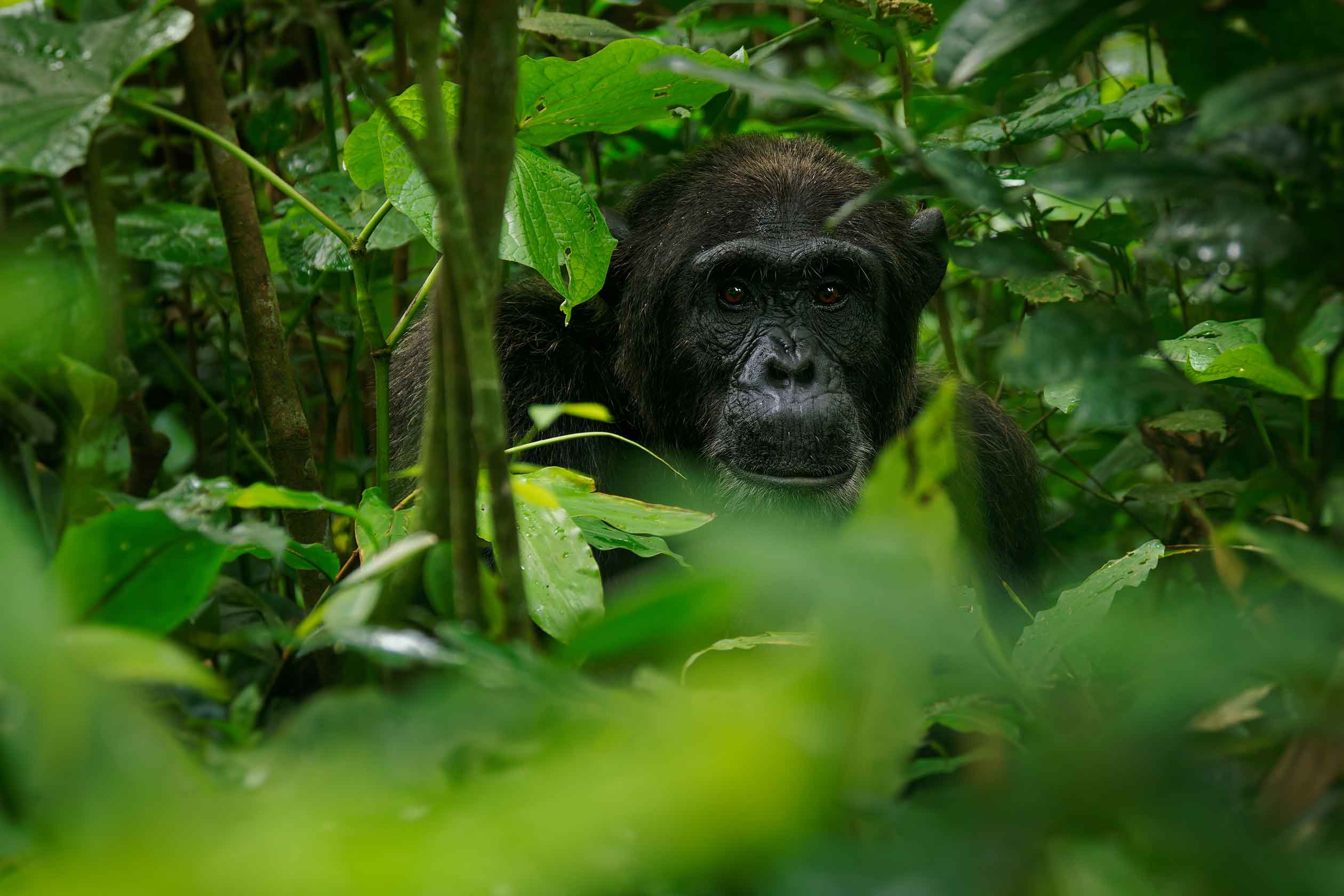
Many of the larger animals of Senegal that used to have a widespread distribution have suffered from loss of habitat.
Senegal has four main ecosystems; forest, savanna grassland, freshwater, marine and coastal. It has a wide diversity of plants and animals. However, increases in human activities and weather patterns, including more droughts, are impacting and degrading the natural habitats. This is particularly noticeable with forests, which in the five years to 2010, were being lost at the rate of 100,000 acres (about half the area of San Antonio, Texas) per year.
The country has 188 species of mammals and 674 species of bird. The Niokolo-Koba National Park is a World Heritage Site and large natural protected area in southeastern Senegal near the Guinea-Bissau border. Many of the larger animals of Senegal that used to have a widespread distribution have suffered from loss of habitat, persecution by farmers, and hunting for bushmeat, and are now largely restricted to the national park. The Guinea baboon is one of these, as are the Senegal hartebeest, the western hartebeest, the scimitar oryx, the roan antelope and several species of gazelle.
Guinea Baboon & Giant Eland
Habitat degradation has caused populations of western red colobus, elephants, lions, and many other species to decrease heavily. The western subspecies of the giant eland is critically endangered, the only remaining known population being in the Niokolo-Koba National Park. The rapid decline in numbers of this antelope has been attributed to poaching.
Some of the more spectacular birds include the red-billed tropicbird, the Arabian bustard, and the Egyptian plover. The Djoudj National Bird Sanctuary on the south side of the Senegal River Delta is an important site for migrating and overwintering waterfowl. About three million migratory birds spend the winter here. Birds that breed in the delta include the lesser flamingo, the marbled duck, and the black crowned crane. Further south is the Saloum Delta National Park which lies on the East Atlantic Flyway, along which about 90 million birds migrate annually *.
Ambitious Climate Action Plan
Senegal has made a major commitment on climate change. It submitted an ambitious climate action plan, called a nationally determined contribution (NDC), with an incredibly significant contribution of emissions reductions and removals from the forestry and sector.
The NDC-Forestry, structured around the development and sustainable management of forests and land restoration, presents a mitigation potential estimated at 156 million tonnes of CO2 equivalent. However, its implementation requires significant financing. Senegal is strongly interested in innovative climate finance mechanisms, such as REDD+, and to further strengthen the governance framework for forests and natural resources and to transition to sustainable forest management.
Senegal and REDD+
The data collection training was part of Senegal’s DEFCCS (Directorate of Water, Forestry, Hunting and Soil Conservation) partnership agreement for technical support for the preparation of the REDD+ mechanism, which was signed with CfRN in 2023. Technical assistance will enable Senegal to:
- adopt a national REDD+ strategy
- develop the baseline, called a Reference Emission Level for Forests, and
- equip itself with a forest monitoring system. forests, in collaboration with other partners
Activities for the development of the FREL began during the capacity building workshop for national stakeholders at the Forest Recycling Center in Thiès in October 2023. This year, the following work will be carried out with CfRN to establish Senegal’s Forest Reference Levels:
- Launch of Data collection, March 2024
- Data collection, March – April 2024
- Data validation, April – June 2024
- Preparation-estimation tool, July 2024
- Estimations-Emissions/Removals FOLU, July – September 2024
- Uncertainty estimation, July – October 2024
- Update / GHGI FOLU, October – December 2024
- Report writing FREL, October 2024
- Independent panel review, November – December 2024
Data collection will continue after the Ramadan (April 15-19) with CfRN continuing to assist the Senegal Team online.
*Source: “Biodiversity Fact: Status and trends of biodiversity”. Senega: Country Profile. Convention on Biological Diversity. Retrieved 7 May 2019.
